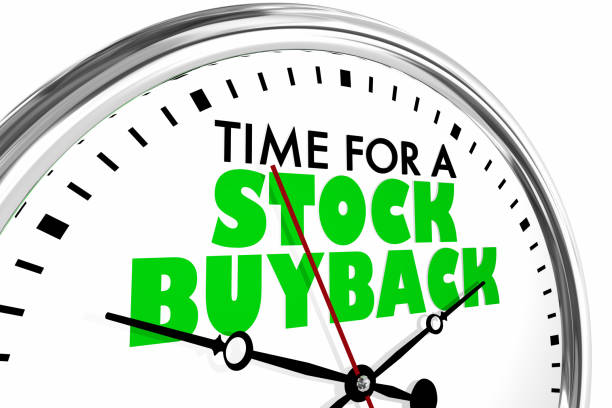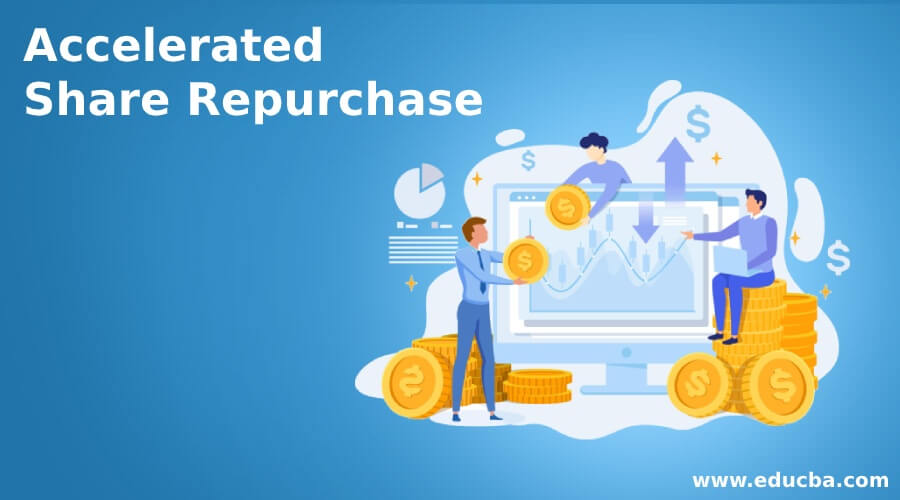Different Features of Share Repurchase
Oct 16, 2023 By Triston Martin
A transaction known as a share buyback occurs when a corporation purchases some or all of its shares on the open market. If management believes that the firm's shares are currently trading at an undervalued price, the corporation may decide to buy back those shares. The firm will either purchase shares directly from the market or provide its shareholders with the option of immediately tendering their shares to the company at a price that has been predetermined.
This practice, which is also known as a share repurchase, has the effect of reducing the total number of shares that are currently in circulation. Investors sometimes think that buybacks will lead to a rise in the price of shares because this move will reduce the total number of shares available for purchase. This presupposes that the move will not harm the demand for the shares.
Understanding a Share Repurchase
The rise in profits per share is because the number of outstanding shares is decreased by a share buyback (EPS). The market value of the company's shares that are still outstanding increases when EPS is increased. After being repurchased, the shares are either nullified or placed in treasury, at which point they are removed from circulation and are no longer considered outstanding. A buyback of a company's shares has several different effects on the company's financial statements. A decrease in a business's available cash, shown on the balance sheet as a drop by the amount the firm spent on the buyback, occurs when the company decides to repurchase some or all of its shares.
At the same time, the reduction in shareholders' equity that results from the repurchased shares appears on the liabilities side of the balance sheet in the same amount. Investors interested in learning how much a firm has spent on the buyback of shares might get this information in the quarterly earnings reports that the company publishes.

Reasons for a Share Repurchase
Because the company's total assets are decreased as a result of a share buyback, the company's return on assets, equity, and other measures increase when compared to the situation in which shares were not repurchased. If the number of shares is decreased, then an increase in revenue and cash flow will lead to a higher profit per share (EPS) rate.
Suppose the company continues to provide the same amount of money to shareholders each year in dividends. Still, the total number of shares outstanding continues to decline. In that case, each shareholder will get a greater yearly payout. If the company can raise its profits and the number of dividends it pays out in total, then cutting the total number of outstanding shares will result in an even larger dividend rise. Investors anticipate that practice will continue when a company pays out dividends consistently. A company can simultaneously increase the amount of money it delivers to its shareholders via dividends and share repurchases without falling into a predictable pattern.
The Pros and Cons
Advantages
A business may choose to repurchase its shares if it has reason to feel that the market price of those shares is too low. This is also an effective way for the corporation to put more cash in the hands of its shareholders. The number of outstanding shares will be reduced due to the share buyback, which will increase the value of each individual share. If we assume that the price of the stock does not change, the price-to-earnings ratio (P/E) will be lower since the company's earnings per share (EPS) will have increased. The value of the shares has not changed mathematically. Still, the lower P/E ratio may provide the impression that the share price represents a better deal, making the company more appealing to prospective investors.
Disadvantages
One of the arguments against buybacks is that they often occur at the wrong moment. When a corporation is flush with cash or when things are looking up financially for the firm and the stock market, it may choose to repurchase some of its own shares. During these periods, the price of a company's stock is most likely to be at an all-time high, but following a repurchase, the price may fall. A decrease in a company's stock price may give the impression that the business is not doing so well after all.

A share buyback may also give investors the idea that the firm has no other viable expansion options. This may be problematic for growth investors seeking increases in revenue and profits from their investments. Changes in the economy or the marketplace do not compel a business to buy its shares, even if the firm wishes to do so. When a company repurchases its shares, it places itself in a vulnerable position in the event that the economy experiences a downturn or the company is faced with financial commitments it cannot satisfy.

Can You Please Calculate The Return Before Taxes
Regarding investment returns, "pretax" means that the return was determined before taxes were taken off. As everyone's tax situation is different and different assets are taxed at varying rates, the pretax rate of return is the most commonly cited metric for investments in the financial sector. Return on investment (ROI) after taxes is comparable to before taxes
Dec 21, 2023 Triston Martin

Things You Need to Know about Every Tax Deadline
Employers and pension providers use the Pay As You Earn (PAYE) system to collect and remit the vast majority of employees' income taxes on the government's behalf. The majority of citizens are exempt from filing an annual tax return
Dec 28, 2023 Triston Martin

Demystifying LLLPs: An Intro to Limited Liability Limited Partnerships
Explore the nuances of Limited Liability Limited Partnerships (LLLP), from its formation process and advantages to potential drawbacks and comparison with other business structures.
Feb 02, 2024 Triston Martin

What are Minimum-Interest Rules
Any money given to family or friends as a loan or a gift that will incur interest automatically requires a tax payment. The IRS set minimum-interest rules using the Applicable Federal Rate (AFR) metric to ensure a lower limit on how much interest should be paid on these loans.
Dec 22, 2023 Susan Kelly

Breaking Down Cost of Goods Sold (COGS): A Step-by-Step Calculation Guide
The Cost of Good Sold is a crucial financial measure. Discover its definition, formula, calculation, and profitability impact. Critical for corporate success and strategy.
Jan 27, 2024 Susan Kelly

How Is Your Roth IRA Maximum Contribution Determined?
Use this Roth IRA calculation method to determine your contribution limits for tax purposes.
Dec 26, 2023 Susan Kelly